Microsoft in 2019: a year of Edge wins and Windows fails
All the highs and lows for Microsoft over the past year
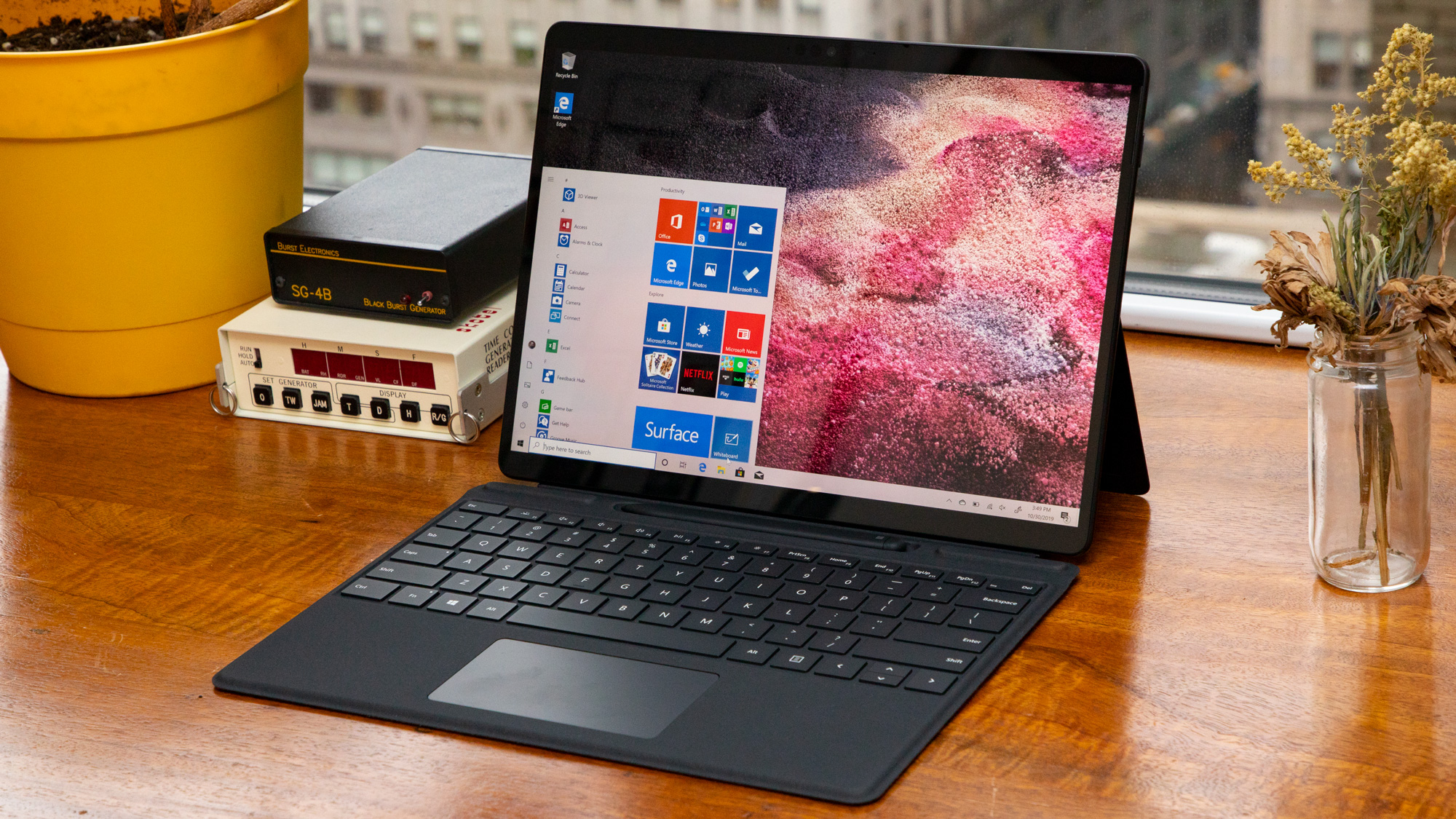
Looking back at 2019, was it a good year for Microsoft? It certainly wasn’t all smooth running, that’s for sure, particularly not regarding Windows 10, which witnessed what can only be described as a staggering run of blunders and bugs, as fixes for various glitches created fresh problems in turn.
There were highs, too, as Microsoft made impressive strides with the revamped Edge browser, and also a number of nifty moves on the gaming front, not the least of which was the reveal of a powerful next-gen Xbox.
Speaking of Xbox Series X (formerly known as Project Scarlett), we’ll briefly touch on Microsoft’s progress in the console arena, but note that we are primarily focusing on the computing front here (meaning PCs and Windows).
- Windows 10 now lets you make phone calls direct from your PC
- The best Windows 10 VPNs for 2020
- And these are the best Windows 10 laptops out there
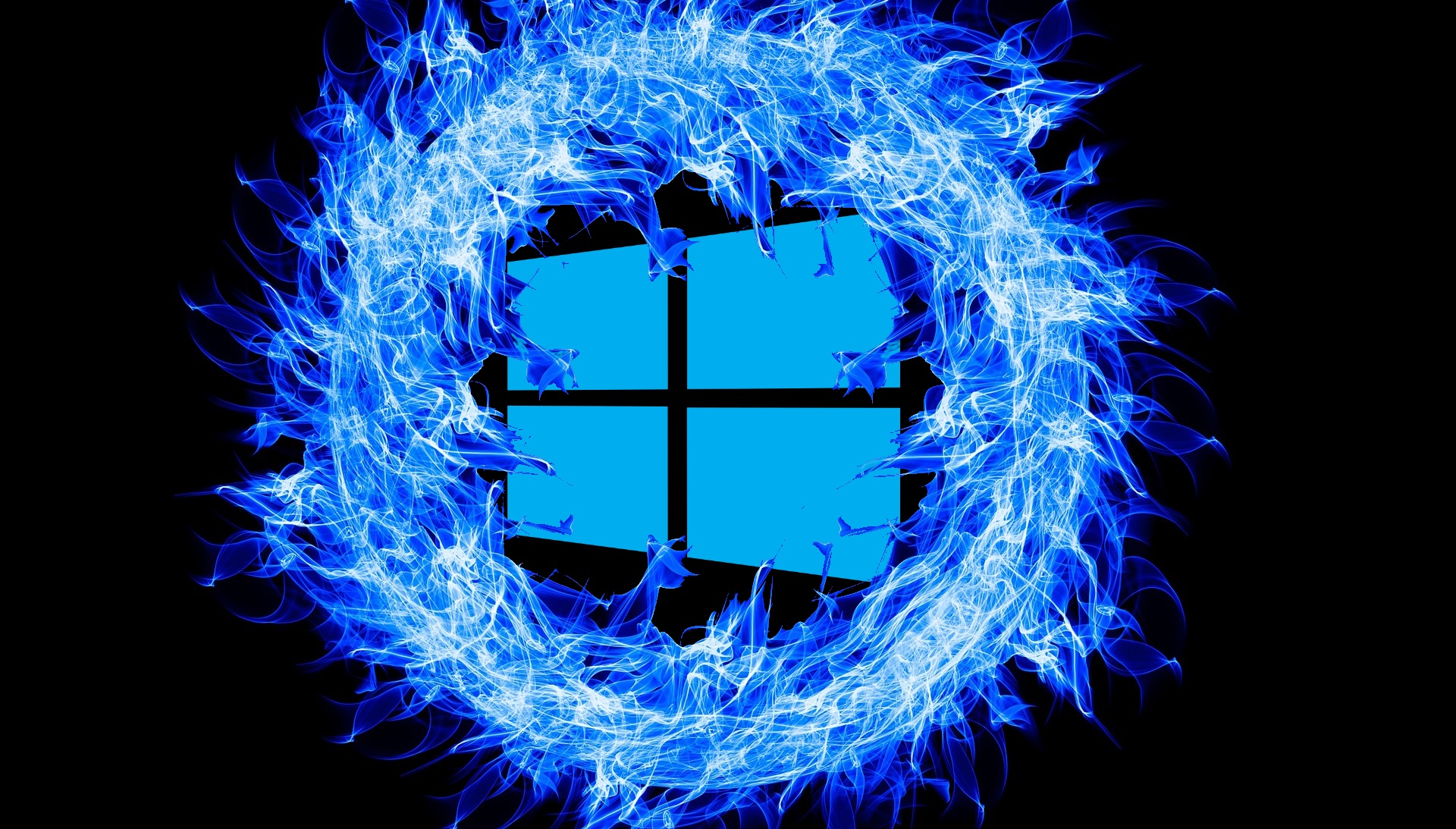
Windows 10 bug blunders
Sadly, the first thing that comes to our mind when you mention Microsoft’s 2019 is the quite frankly head-scratching debacle whereby a string of cumulative updates were pushed out, which resolved bugs on one hand, but caused others at the same time.
This episode began at the start of September, with a patch to fix some relatively minor bugs which had been kicking about for a while – but the cumulative update in question ended up causing a new problem whereby Cortana started spiking CPU usage. Then when Microsoft fixed that Cortana flaw, it inadvertently triggered more bugs with the Start menu and Taskbar, and it broke internet connectivity for some users. And this went on, and on…
In the end, this carry-on prompted us to vent in an opinion piece about these issues (and others – like a ‘fix’ for Windows Defender effectively disabling the most commonly used virus scans) and how they could be causing Microsoft serious reputational damage which might have long-lasting repercussions.
Things quietened down a little on the bug front towards the end of the year, but then Microsoft put its foot in it again, when in December the software giant embarrassingly deployed an update meant for businesses to Windows 10 Home users – for the second time, to make matters worse. Clearly, wonky quality assurance was a definite black smudge in Microsoft’s 2019 copybook.
Get daily insight, inspiration and deals in your inbox
Sign up for breaking news, reviews, opinion, top tech deals, and more.
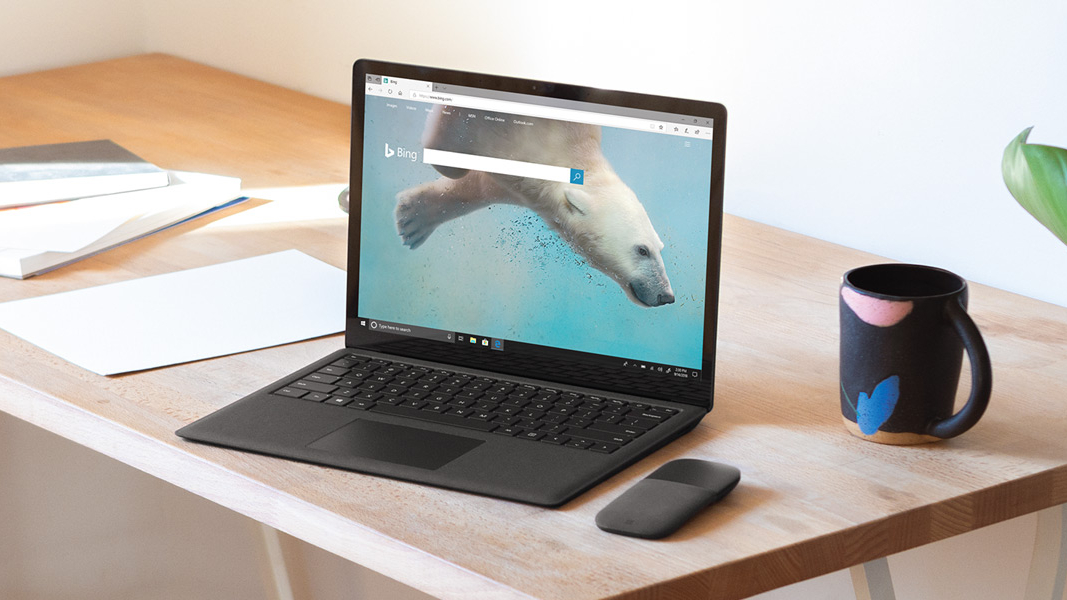
Edging forward
Microsoft has been busy working on its revamped Chromium-based Edge browser all year, and it has shaped up nicely, introducing some nifty elements including moves to bolster online privacy, upping the ante on the security front, plus a load of other stuff (and of course a dark mode – everything needs a dark mode).
Generally speaking, the new Edge has been well-received by testers, and there’s a pretty positive atmosphere about what Microsoft has done with the browser, and how it might tempt folks away from Chrome (not least because it isn’t such a memory hog).
That said, Microsoft still has a hell of a mountain to climb with Edge, as the existing browser has a pitifully small market share, and in the most recent stats from Net Applications at the time of writing, it slipped slightly (again) to under 6%. When it’s officially launched in January 2020, the revamped Edge will doubtless come out fighting – but one of the trickiest opponents it may face is the spectre of its former reputation.
There’s also the consideration that now Microsoft is driving forward with Chromium, the bells and whistles brought to Edge will also benefit Google’s dominant Chrome browser. Still, it’s clearly commendable to see Microsoft engaging like this, and indeed running with a broader push in the open source world on many fronts (including seriously bolstering support for Linux within Windows 10).
Of course, Edge is coming to Linux, and a big part of Microsoft’s strategy with the new browser is to deploy it across multiple platforms. While it’s arguable how much impact Edge might have in some of these arenas – Linux fans aren’t typically jumping up and down to adopt Microsoft products – this move is still giving the revamped browser the best chance possible (unlike the original Edge, which was confined exclusively to Windows 10).
Overall, then, the rebooted Edge hit a positive note for Microsoft this year, but the real test will come in 2020, when those best laid plans are tested in post-launch reality.
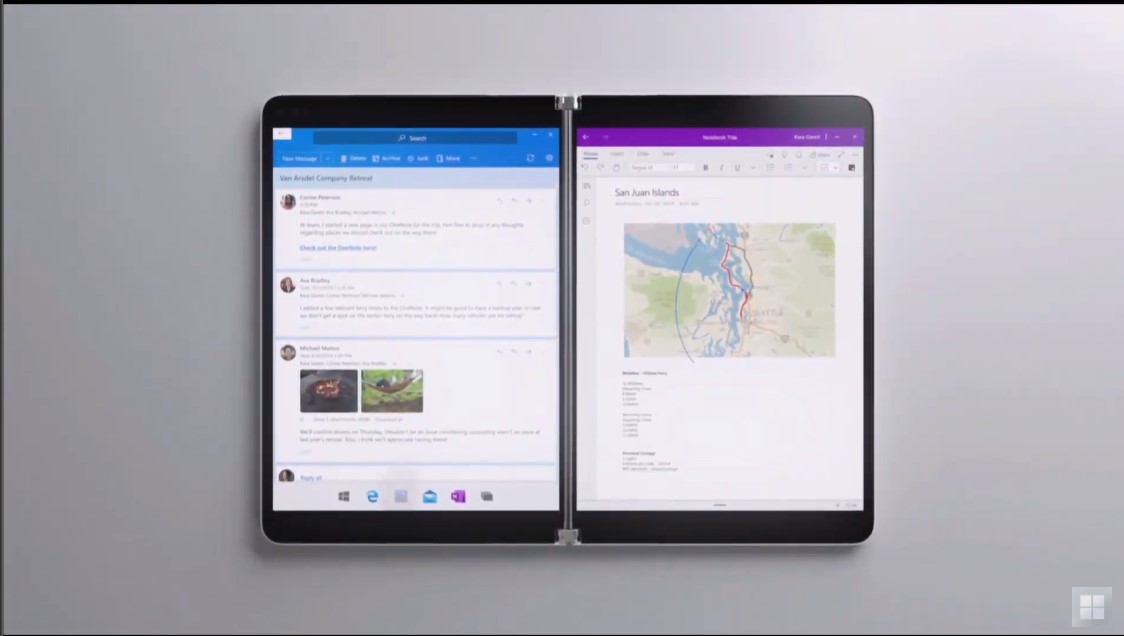
Surfacing
On the hardware front, Microsoft impressed with its Surface products in some respects, and remained distinctly static in other ways.
Most of the excitement was around the Surface Neo and Duo, which were revealed, but won’t launch until 2020. The Neo is a dual-screen device which is essentially two tablets hinged together like a book (with a small physical keyboard that magnetically attaches to the lower screen when needed, taking up about half the display).
Coupled with Windows 10X, a fresh spin on the desktop OS purpose-built for dual-screen products, Neo promises a tight integration of software and hardware which will hopefully deliver levels of versatility that we’ve never seen before in a Surface hybrid.
Surface Duo is essentially a smaller version of Neo, and to all intents and purposes, it’s Microsoft’s long-rumored foldable phone (it runs Android, not Windows). Although Microsoft is pitching it as more of a pocket-sized computer, and trying to get away from the concept that this is a dual-screen smartphone (it is capable of making phone calls, incidentally – but it’s not a phone, got it?).
These pieces of hardware represent the exciting future of Surface, but sadly the products actually released in 2019 fell short. The Surface Pro X at least represented a shot at something different, but in our review, we found that while it was a very slickly designed and highly portable 2-in-1, the device is just too pricey for the basic performance levels delivered by the ARM processor, and battery life was disappointing too.
Worse still, Microsoft’s latest update for the veteran Surface Pro range felt hugely underwhelming, and pretty much forgotten in the shadow of all the aforementioned products. While the Surface Pro 7 did benefit from the introduction of a USB-C port, that move was long overdue (and the Type-C connector doesn’t support Thunderbolt 3, either).
And yes, we also got a new processor which was a good upgrade on the performance front – particularly with much better Intel Iris Plus integrated graphics – but while Microsoft gave with one hand, the new CPU had a negative effect on battery life. And otherwise, the Surface Pro 7 remained pretty much identical to its predecessor, which was disappointing. Likewise, the Surface Laptop 3 wasn’t all we’d hoped for, either.
So, in short, we were shown devices with a lot of promise for 2020, but what we actually got in the here and now was pretty pedestrian at best. On a more positive note, it is admittedly good to see Microsoft taking its time with the dual-screen devices – something it made noises about previously – to ensure the company gets them right.
Surface Neo and Duo are massive moves for Microsoft – the company’s chief product officer Panos Panay has admitted himself they’re something of a gamble – but the time it’s taking, and the focus it’s giving this new breed of dual-screen hardware is encouraging, so we have to give Microsoft a tick in that respect.

Mixing it up
In the world of live streaming, Microsoft did its best to push Mixer against dominant services like Twitch. Back in July, Microsoft set its stall out by declaring it was instigating measures to help combat some of the toxic behavior which can blight the gaming community (or any online community, for that matter).
Then came the really interesting move – Microsoft poached two big-name Twitch streamers. And when we say big-name, we mean really-huge-name: Ninja and Shroud. This has raised the profile of Microsoft’s streaming service considerably, and if more money is going to be thrown around in this respect, we could see things really start to happen for Mixer.
Then again, these moves haven’t had much impact in the near-term, and Mixer still has a hell of a long way to go to become anything like competitive with Twitch, which holds something like three-quarters of the streaming market.
Still, what we’ve seen happening in 2019 might just foretell one of the biggest shifts – and indeed shocks – in this sideline of the gaming industry. And more broadly, it shows how much emphasis Microsoft is placing on pushing the gaming side of its business these days.

Xbox-ing clever
Speaking of that grand push on the gaming front, Microsoft had a lot to say at E3 back in June. Top of the bill, naturally, was the revelation of the next-gen Xbox, with the console being heralded as (up to) four times as powerful as the Xbox One X, no less; and that it would be launching with Halo Infinite.
Xbox Series X will go on sale in Holiday 2020 (and was further teased at the end of the year at The Game Awards 2019, when we got our first glimpse of what looks more like a tower gaming PC – albeit a compact one – than a typical console).
On the PC front, though, the big news was the arrival of Microsoft’s subscription service, Xbox Game Pass, for PC gamers. The service is a little confusing, and still in beta, but we cover everything you need to know about it here. The short version is you access it via the new Xbox app in Windows 10, and it offers a library of over 100 games currently for a subscription of $5 / £4 / AU$4.95 monthly (at least while it remains in beta).
There are still a lot of issues to iron out – again, not exactly unexpected for beta software – but equally there are some pretty smart games on offer, and this represented a very useful addition for PC. Indeed, throughout the year, Microsoft was making all sorts of noises about how it has rather let down PC gamers in the past, and that all this is going to change.
Xbox Game Pass is part of that, as is bringing a load of Xbox Game Studio titles to Steam – including Gears 5 – and this has all been a refreshing change for 2019.
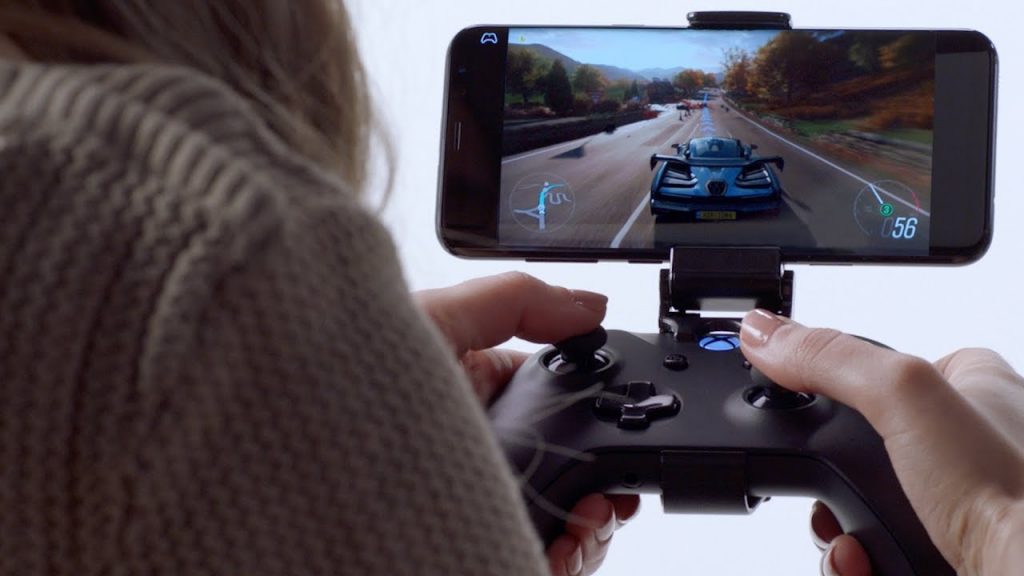
Cloudy future
A final big cog in Microsoft’s gaming machine of 2019 was Project xCloud, the firm’s game streaming service which launched a public preview in October. The idea is to let you stream games to any device, and although it only supports mobile phones currently, Windows 10 PCs will be covered in 2020.
Microsoft’s big advantage here is that it has the necessary infrastructure in place, already commanding a large network of (Azure) data centers. The plan is to have a massive library of games eventually – although options are pretty limited now – and also let gamers stream Xbox games they already own.
Again, Microsoft is apparently flexing its muscles and potentially leveraging those deep coffers, with reports that the company is looking at securing exclusive games for Project xCloud – although this is just a rumor, and any such deals would likely be years down the line. But we can well believe this is the case.
As to the reality of Project xCloud right now, our impressions are that Microsoft is nailing things in the crucial department of latency, and overall performance is good, despite some issues (but again, with a beta, gremlins are expected).
So this is another bright spot, but Google Stadia does have the jump on Microsoft in this sector, having already launched with impressive results – at least for those with good net connections. From what we’ve seen early on, Microsoft could have the edge in terms of performance with more average broadband speeds (and that could be a key aspect, of course).
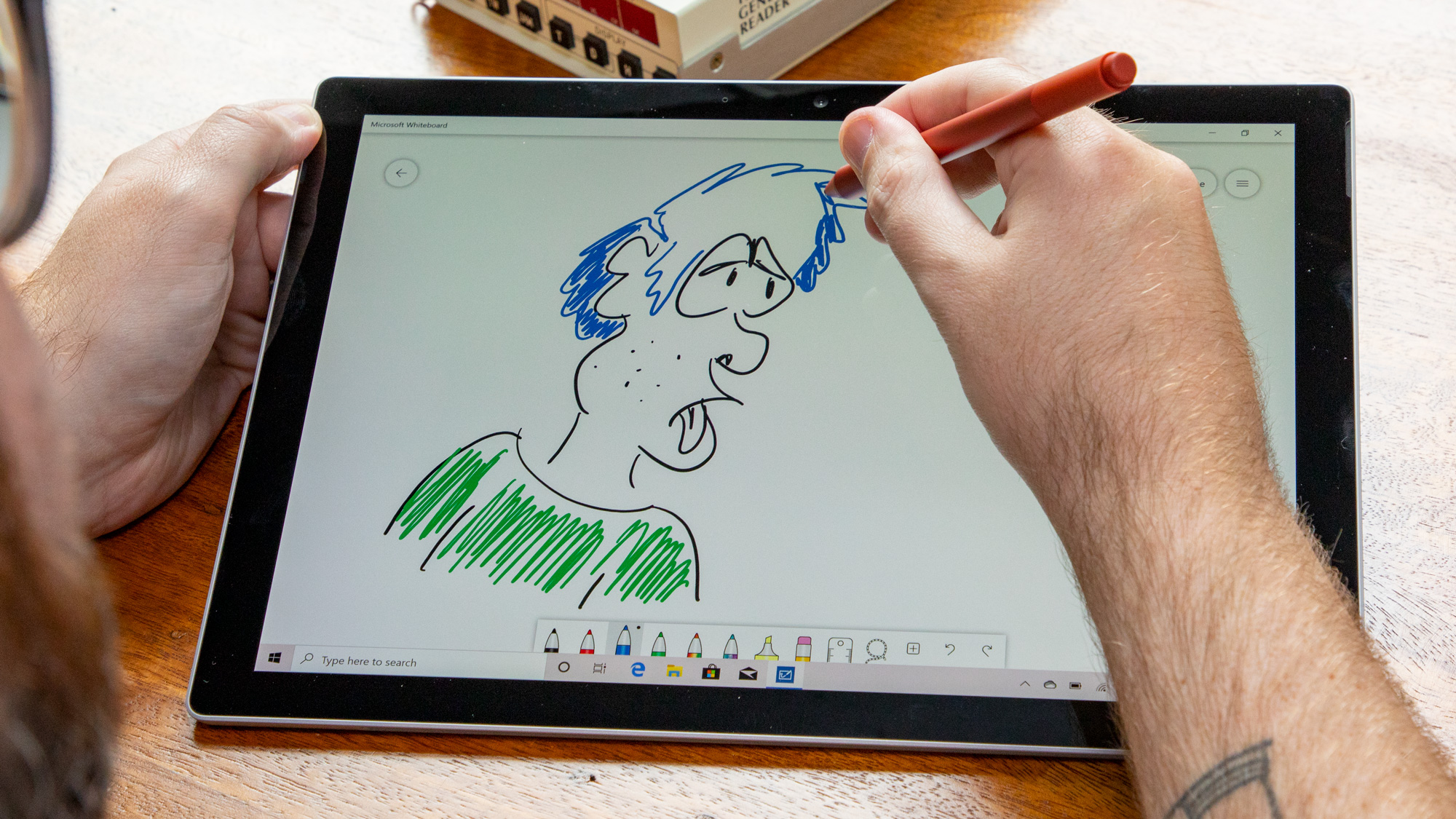
Concluding thoughts
Microsoft’s 2019 was really all about Microsoft’s 2020. What we mean by that is the full products which actually came out in 2019 weren’t anything to particularly shout about, but Microsoft was laying a hefty weight of foundations for a successful next year.
So we had a pretty underwhelming set of Surface devices, and a particularly uninspiring launch in the Surface Pro 7. And the reputation of Windows 10 copped a load of flak thanks to all those incidents of bugs causing yet more bugs, although at least Microsoft avoided any major disasters with its biannual updates.
That said, there wasn’t much doing with the big updates, with the second outing of 2019 effectively being a mere service pack with no major new features. So when Windows 10 wasn’t plagued with gremlins, the rest of the year was all rather yawn-inducing.
But then comes the promise, and all the groundwork laid for 2020. That included pushing forward with some impressive work on Edge, which has generally been well-received anecdotally, and could make a big impact next year. Then we have the Surface Neo and Duo poised to take computing versatility to another level – if the hardware and indeed Windows 10X pans out right.
Along with a lot of promising stuff on the beta front in the gaming world, namely Project xCloud and Xbox Game Pass for PC. Microsoft is even trying to gain some momentum with Mixer against the might of Twitch, which may seem a little on the futile side, arguably, but certainly shows a commitment to driving forward across all facets of gaming. And naturally Xbox Series X is a major force poised in the wings…
In the end, 2019 was really a reshaping and rebuilding year, trying to get all this stuff aligned – and we can’t underestimate how important that might be for Microsoft if all of the above does come to fruition in terms of being successful in 2020. But still, it’s hard to get excited about what actually happened in 2019, as opposed to what was revealed, teased or beta-tested.
- Which of Microsoft’s Surface devices is on our best laptops list?
Darren is a freelancer writing news and features for TechRadar (and occasionally T3) across a broad range of computing topics including CPUs, GPUs, various other hardware, VPNs, antivirus and more. He has written about tech for the best part of three decades, and writes books in his spare time (his debut novel - 'I Know What You Did Last Supper' - was published by Hachette UK in 2013).